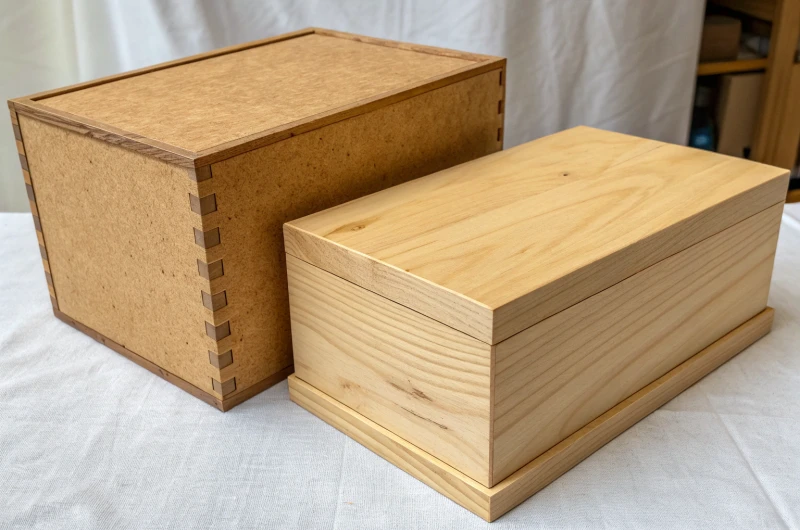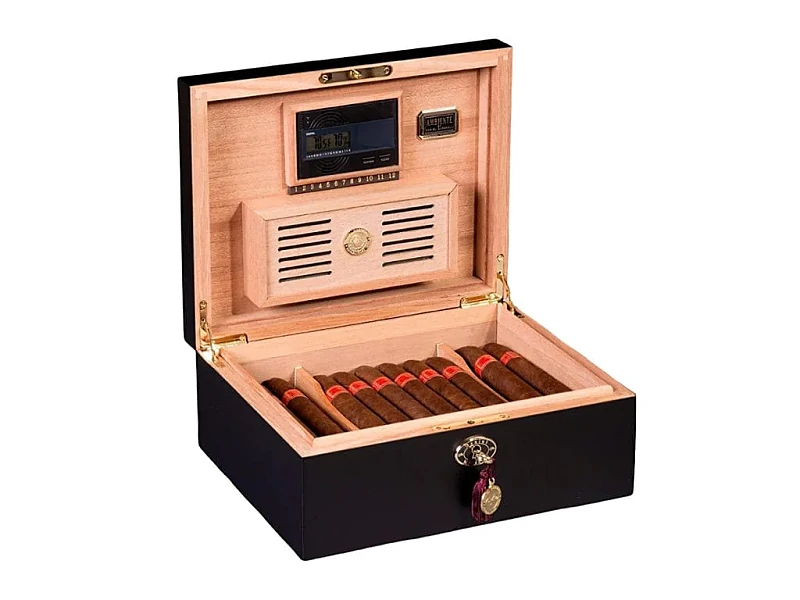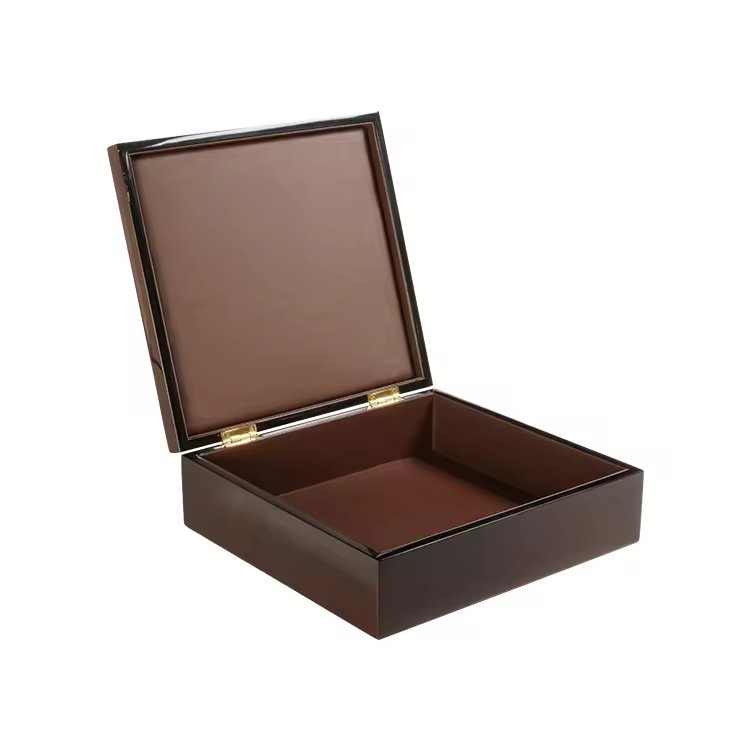
Some luxury brands think “more complex” equals “more premium.” But complexity without function can backfire.
Structural complexity does not always increase value. True luxury comes from balanced design that combines practicality, usability, and refined finishes.
The challenge is to create boxes that impress visually but also work perfectly in real use.
Why do some brands equate complex structures with higher luxury, and is this always true?
Luxury often gets linked to uniqueness. Some believe complexity is proof of exclusivity.
Brands equate complexity with luxury because it looks rare, but in reality, complexity is not always equal to higher value.
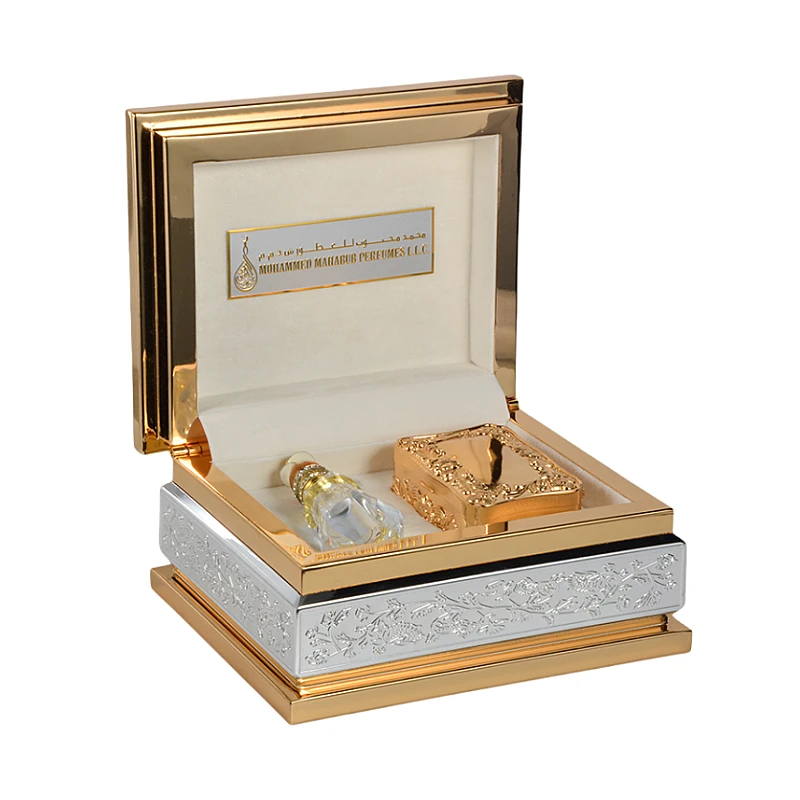
A box with multiple hidden drawers, magnetic locks, or layered trays can look sophisticated. It signals craftsmanship. However, real luxury is not only about mechanical tricks. Many high-end buyers prefer timeless elegance over over-engineered structures.
Perception vs Reality
| Viewpoint (Brand) | Reality (Market) |
|---|---|
| “More layers = more premium” | More parts = more failure risk |
| “Complex = exclusive” | Simple elegance often sells better |
| “Unusual structure adds value” | True value is durability + finish |
I remember one European client who insisted on a double-lid cigar box with secret compartments. It was complex, but their customers later said it felt awkward to use. Luxury comes from harmony, not just complication.
How can overly complicated mechanisms reduce usability and customer experience?
Complexity often sacrifices ease of use. Customers may struggle with basic functions.
Overly complicated mechanisms reduce usability by making opening, closing, and storing cigars inconvenient.

If a lid requires multiple steps to open, the user experience suffers. If trays slide out unpredictably, cigars may get damaged. Luxury clients expect smoothness, not frustration.
Usability Problems from Complexity
- Extra locks make opening slow.
- Misaligned trays cause cigars to roll.
- Heavy lids strain hinges.
- Secret compartments confuse first-time users.
I worked with a boutique brand that requested a triple-layer cigar box with rotating trays. It looked impressive, but many users found it clumsy. Some even avoided using it daily. That project taught me: usability is a key part of luxury.
What production risks and cost issues come with structural complexity?
Complicated structures need more labor, precision, and custom tooling. This raises risks.
Structural complexity increases production cost, rejection rates, and delivery delays.

Each extra hinge or moving part requires higher precision. Even slight misalignment can ruin functionality. In small-batch luxury production, one failure can waste expensive materials.
Hidden Costs of Complexity
| Enjeu | Résultat |
|---|---|
| More Components | Higher material and hardware cost |
| Higher Precision | Longer QC process, slower output |
| More Labor Steps | Increased man-hours, higher unit cost |
| Higher Rejection | More defective units, wasted wood |
A Middle Eastern brand once requested 200 boxes with curved lids and double hinges. The rejection rate was 15% because sanding curves to perfection is extremely demanding. Complexity often costs more than clients expect.
How does functionality (easy opening, durability, storage safety) weigh against visual novelty?
Luxury boxes must protect and preserve contents first. Novelty cannot replace function.
Functionality—smooth opening, long durability, and cigar safety—always outweighs pure novelty in real customer satisfaction.

A box may look dramatic with rotating lids or angled walls, but if it does not keep humidity stable, it fails its purpose. Customers who invest in luxury expect reliable performance.
Core Functional Priorities
- Lid seal quality for humidity.
- Strong hinges for daily use.
- Stable compartments to protect cigars.
- Comfortable handling.
I recall a US project where the client wanted a folding lid system. After testing, we discovered the humidifier did not stay effective because air circulation was broken. We simplified to a standard lid, and the result was both functional and elegant.
Simplicity often signals confidence. A well-finished simple box can look more expensive than an over-engineered one.
Refined simplicity creates premium appeal when material, finish, and craftsmanship speak louder than mechanical tricks.
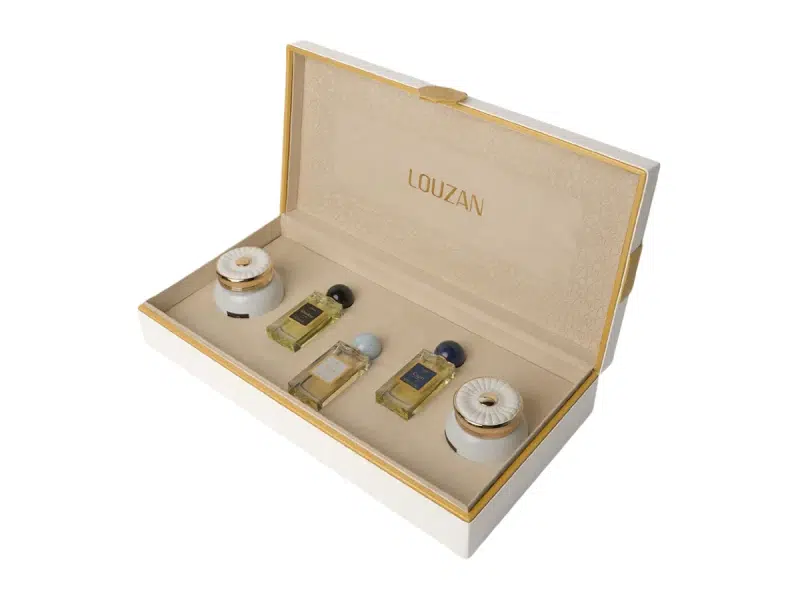
Think of a piano-lacquer box with flawless gloss and subtle engraving. It looks timeless. Many luxury buyers prefer understated design over gimmicks.
Examples of Premium Simplicity
- High-gloss ebony veneer with gold foil logo.
- Solid Spanish cedar humidor with smooth hinges.
- Minimalist matte finish with precise proportions.
One Asian brand once shifted from a multi-layer drawer system to a single elegant cedar-lined box. Sales increased, because customers felt the box was easier to use and looked more refined. Simplicity, when executed well, is a luxury in itself.
How to find the right balance between artistic creativity and practical manufacturing standards?
The real challenge is not choosing complexity or simplicity—it is balance.
The right balance combines artistic elements with proven structural standards, ensuring beauty and practicality coexist.

Standards like hinge placement, lid ratios, and joint types should not be sacrificed. Creativity should focus on finishes, branding, and decoration.
Balanced Approach
- Keep structural standards for reliability.
- Add creative elements in surface finishes, veneers, or inlays.
- Use prototypes to test new ideas without risking full production.
I always tell clients: “Structure is the backbone, design is the personality.” If the backbone is weak, the personality cannot shine. But if the backbone is strong, creativity can flourish safely.
Conclusion
Structural complexity does not guarantee luxury. True value lies in combining refined design with reliable functionality.
Nom de marque : WoodoBox
Slogan : Boîtes en bois sur mesure, fabriquées à la perfection
Site web : www.woodobox.com
WhatsApp : +86 18359265311

